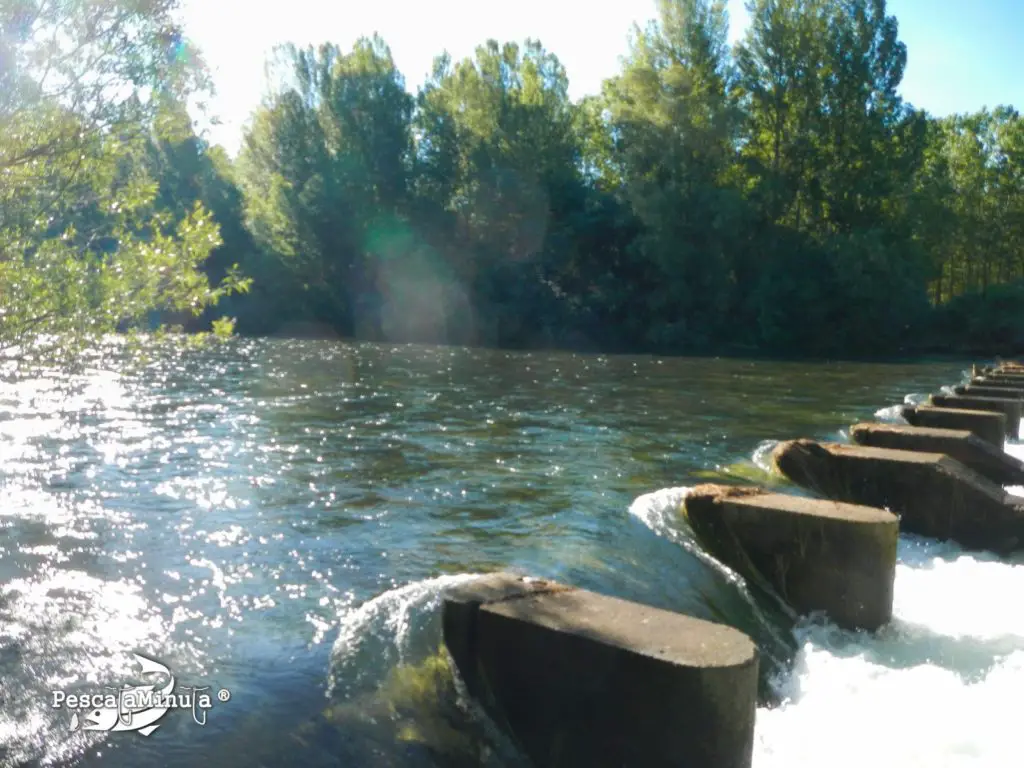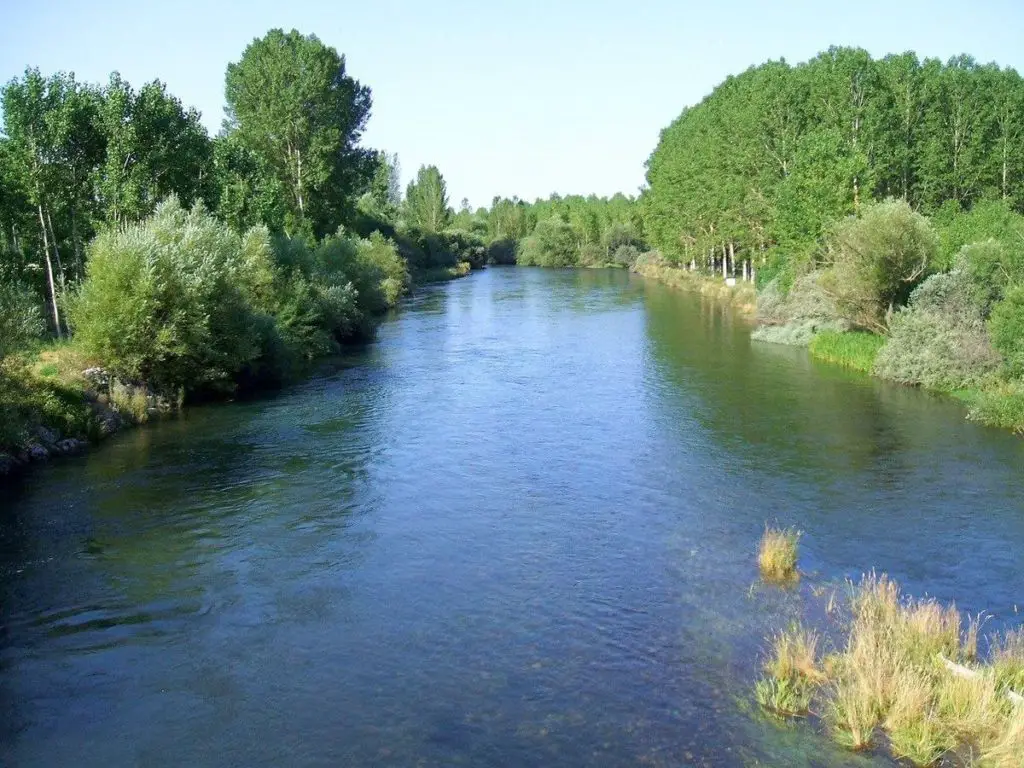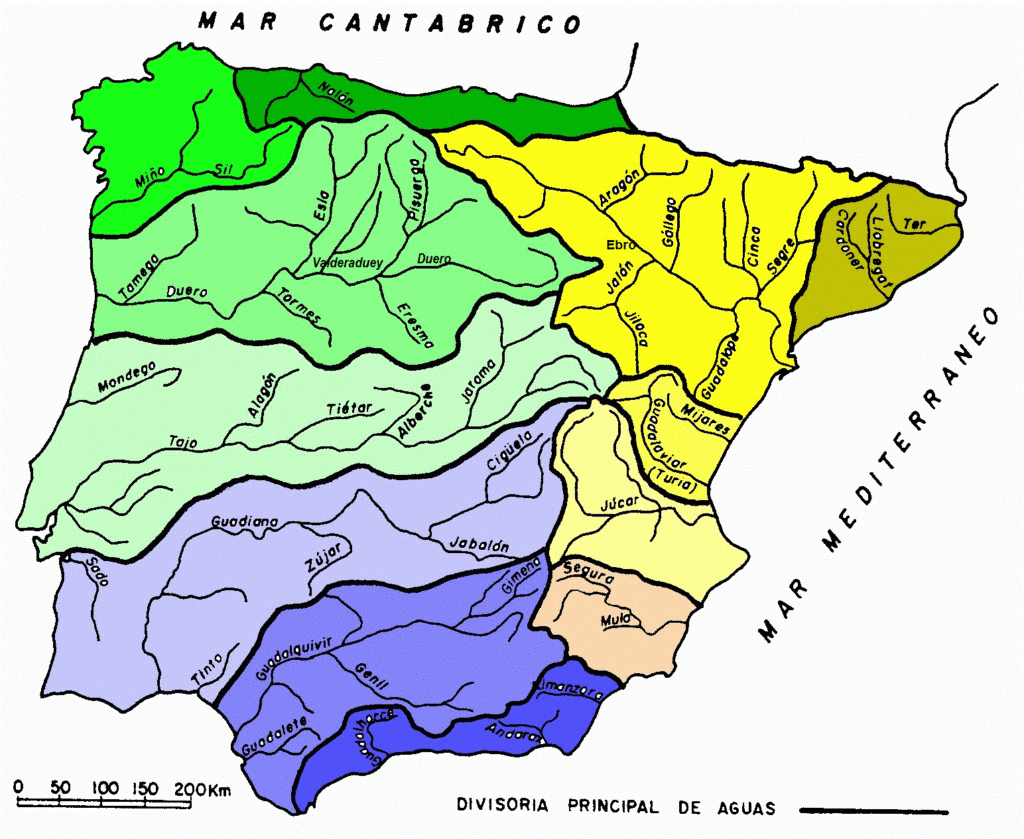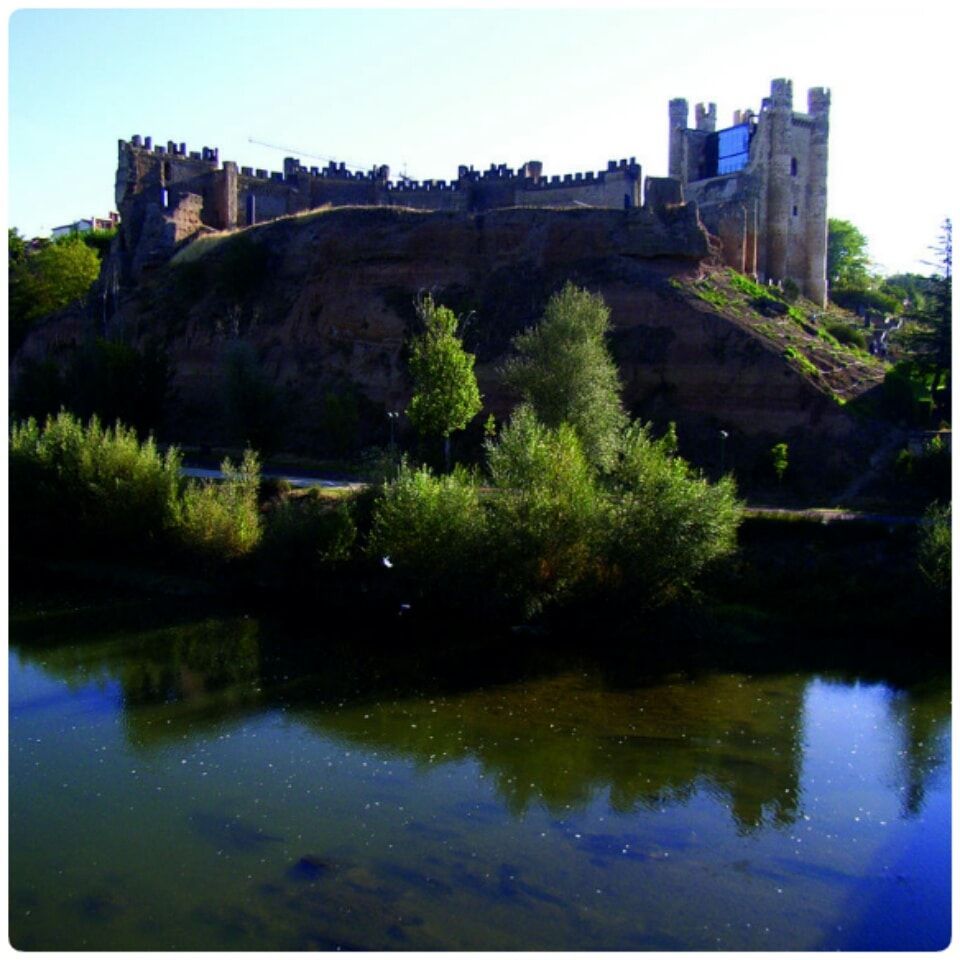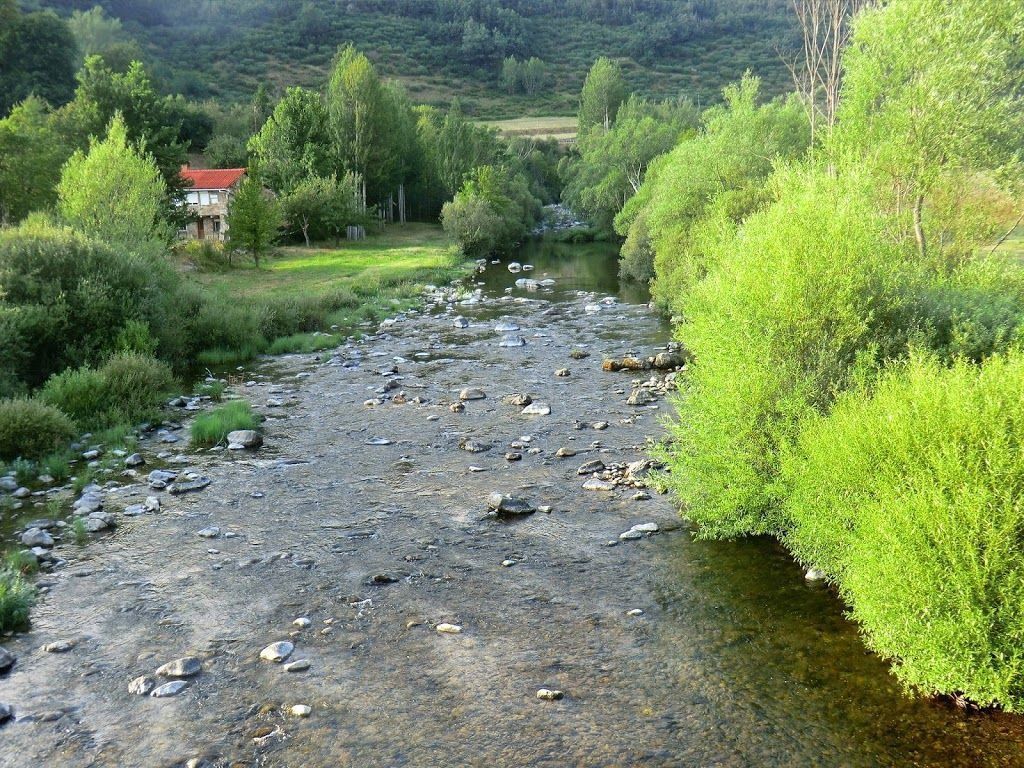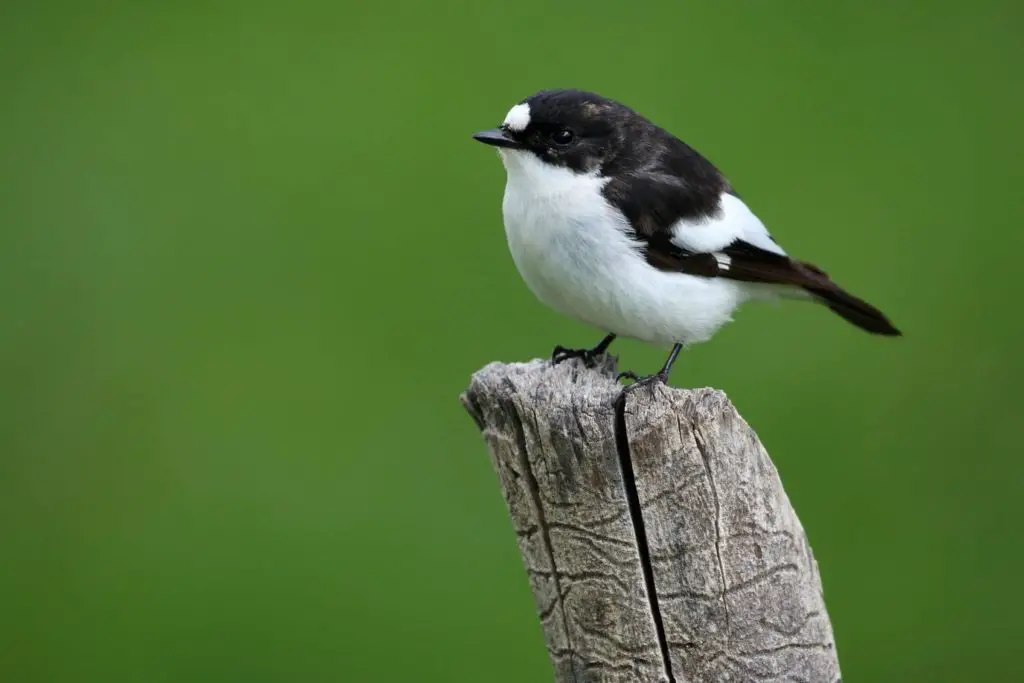The river Esla crosses the provinces of León and Zamora from north to south. It is the largest tributary of the Duero in terms of flow; in fact, at its mouth it has a greater flow than the Duero itself at that point.
The River Esla is a river that flows through the cities of León and Zamora in northwestern Spain. It is a tributary of the Duero River, which rises in the mountainous region of Cantabria and is 286 km long.
Indice De Contenido
Its history
This river was known to the ancient Romans as the Astura, from which the Asturians took their name. They were the ancestors of the modern inhabitants of Asturias and León, who lived on both sides of the Cantabrian Mountains.
Many of the toponyms in the area owe their names to the river, such as Villafalé (Villa Fértil on the banks of the Astura), Vega del Esla, Mansilla del Esla, etc.
In the 19th century the Canal del Esla was built to irrigate the Vega de Toral. In the 1980s a dam and reservoir project was undertaken to generate hydroelectric power.
It required the flooding of seven villages along the Esla in León, including Riaño. New villages were built along the reservoir to replace these historic towns.
Map of the river Esla
Tributaries of the Esla
The most important tributaries of the Esla are
- River Bernesga
- River Cea
- River Órbigo
- River Porma
- River Tera
- River Aliste
Physiography of the river Esla
Over the years, the river has been significantly modified from its natural state. In general, dams and other human interventions in the river channel have traditionally been considered as the main drivers of change.
However, recent studies have highlighted the influence of climatic, slope and floodplain changes on the dynamics of the river corridor (see article: Río Pisuerga).
The present study illustrates the channel morphology and riparian vegetation responses observed in three gravel-bed rivers in the upper Esla River, northwestern Spain.
The entire Esla river basin has been subject to changes in afforestation and agricultural land abandonment during the last two years.
The analysis of historical orthophotos from different periods between 1956 and 2011 allowed us to quantify the channel, braid index reduction and vegetation encroachment along the three rivers.
Field reconnaissance of features and vegetation structure along the transects showed significant differences in species composition.
And age structure between the unregulated reach, where there was recruitment of pioneer Salicacea species, and the regulated reach, where mature and late species were much more abundant (see article: Cinca River).
These responses were consistent with the reduction in mean annual flow in the river and the reduction in flood disturbance and summer minimum flow observed in the river.
Flora and fauna
The Esla River basin is made up of forests, streams, fields, wetlands, ponds and other ecosystems that provide the perfect habitat for a variety of plants and animals.
Our watershed also contains less common habitats, including mature forests and peatlands (see article: Guadalhorse River).
River channels, estuaries, tributaries and riparian areas are home to thousands of plant and animal species.
The flora
Swamp white oak (Quercus bicolor), with its round-topped leaves, can be found in parts of the river.
In areas of the river where the water is a little quieter, wolfia (Wolffia columbiana Karst) and duck grass (Lemns minor) can be found.
A curious person looking underwater will find common hornwort (Ceratophyllum demersum), a bushy plant often described as resembling a raccoon’s tail.
A local carnivorous plant called bladderwort (U. vulgaris) can be found thriving in back bays and corners.
The fauna
Red-winged blackbirds, tree and barn swallows, girdled kingfishers and a variety of warblers can be seen on the Esla River, along with mallards.
And other waterfowl as seasonal visitors or residents of the Esla and its tributaries. Great blue herons, our largest birds, are up to four feet tall.
Painted and musk turtles, commonly found in the river, can be seen basking on logs along the riverbanks.
Our largest resident, the snapping turtle, can be seen swimming, resting in shallow water or basking on muddy banks.
The northern water snake, which can grow up to a metre long, is a harmless but ill-tempered resident, often seen swimming in the river or basking on low branches along the banks.

